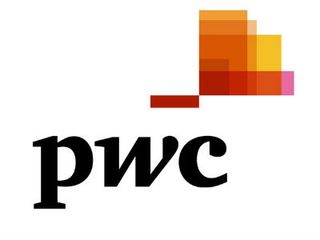PwC: 20% of Consumers Could Ditch Pay TV in 2016

About 20% of pay TV customers could sever the pay TV cord in the coming year as frustration with the lack of choice and control over their entertainment packages could reach a head, according to a new study by research firm PricewaterhouseCoopers.
The study – Videoquake 3.0: The Evolution of TV’s Revolution – took data from a survey of more than 1,200 consumers, focus groups and social media listening.
The survey found that pay TV is losing its grip – the number of consumers that said they could see themselves subscribing to cable in the following year dropped from 91% in 2014 to 79% in 2015, which PwC says implies that about one-fifth of consumers could ditch their cable subscription in the next year.
“Consumers’ relationship with video content is fundamentally changing – and the shift shows no signs abating,” PwC said in the study, adding that content providers need to rethink their business models to remain viable. That could include repositioning the bundle to better reflect ala carte demands; redefine how they measure audiences to gauge consumer behavior across all platforms; focus on improving the user interface to allow customers to find what they want when they want it.
According to PwC, 79% of U.S. consumers subscribe to some form of pay TV, but of those subscribers, 23% said they engaged in cord trimming in the past year. About 16% of those surveyed said they unsubscribed from pay TV service in the last 12 months and 5% said they were cord-nevers and never subscribed to pay TV service at all.
The study also found that while the average subscriber receives 194 channels, they regularly watch just 17 channels.
PwC says consumers are clamoring for control – 56% said what would get them back on the pay TV bandwagon is the ability to customize their video packages to include only the channels they want. And PwC said that sentiment was not exclusive to cord-cutters – about 45% of current pay TV customers said they most preferred an a la carte package of channels they could customize themselves.
Multichannel Newsletter
The smarter way to stay on top of the multichannel video marketplace. Sign up below.
Consumers, especially younger ones, are watching that content on multiple screens. According to the survey, 77% of 18-to-24 year olds are accessing TV content from the Internet and increasingly on mobile devices, PwC said.
OTT services also are growing, with 78% of consumers surveyed saying they subscribe to at least one OTT service. Among pay TV customers, 70% said they subscribe to a streaming service as well.
While on-demand or OTT streaming services are appealing to consumers, there’s no single catch-all solution, PwC said in the study. Netflix leads the OTT pack—nearly two out of three Americans have a Netflix subscription—but 52% of Netflix subscribers also subscribe to cable, and 55% also subscribe to at least one other OTT platform. Among Hulu subscribers, the overlap is even greater – 91% of Hulu customers subscribe to at least one other OTT platform—more than double the number of Hulu subscribers who also subscribe to pay-TV. Amazon Prime subscribers have a similar profile—79% subscribe to at least one other OTT platform, and 53% subscribe to cable. According to PwC, this means that in the battle for market share, OTT services are a threat to cable, but not necessarily to each other.










